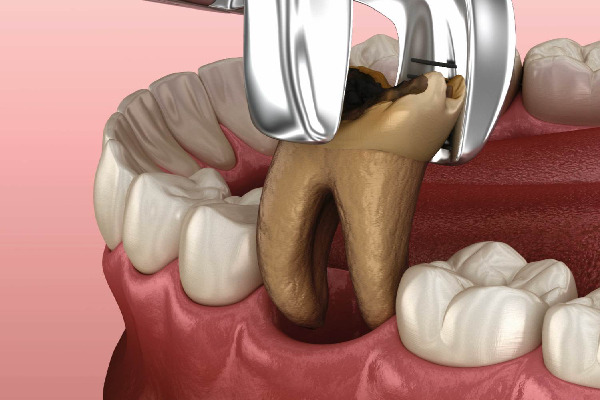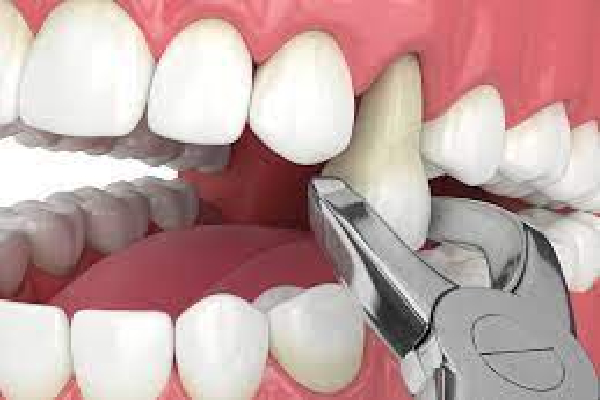Safe & Effective Tooth Removal
Extractions – Essential Dental Care for Oral Health
Removing Damaged Teeth to Preserve Overall Dental Wellness
Tooth extraction is a common dental procedure performed to remove a tooth that is damaged, decayed, or causing crowding. While preserving natural teeth is always preferred, extractions are sometimes necessary to maintain overall oral health.
Reasons for Tooth Extraction
- Severe Decay or Infection – When decay or infection reaches the tooth root and cannot be restored.
- Crowding – To facilitate proper alignment before orthodontic treatment.
- Impacted Teeth – Especially wisdom teeth that don’t emerge properly.
- Periodontal Disease – Advanced gum disease that destabilizes teeth.
- Trauma – Irreparably damaged teeth due to injury.
Tooth Extraction Procedure
- Consultation – Includes clinical evaluation and X-rays to determine the best method.
- Anesthesia – Local anesthesia is administered for a pain-free experience.
- Extraction – Simple extraction uses forceps and an elevator; surgical extractions may require incisions and bone removal.
Post-Extraction Care
- Bleeding Control – Bite on gauze to help form a clot.
- Pain Management – Prescribed medications and cold compresses reduce discomfort.
- Oral Hygiene – Avoid rinsing, smoking, or straws for 24 hours; use salt water rinse afterward.
- Diet – Stick to soft foods and avoid the extraction area while chewing.
Healing typically takes about a week. Proper care is crucial to prevent complications like dry socket and ensure smooth recovery.



